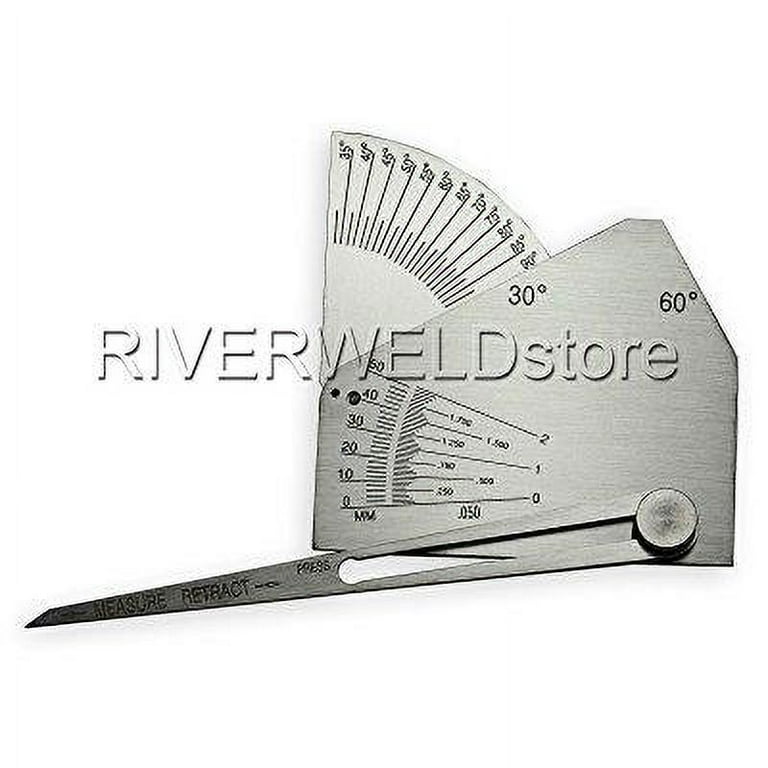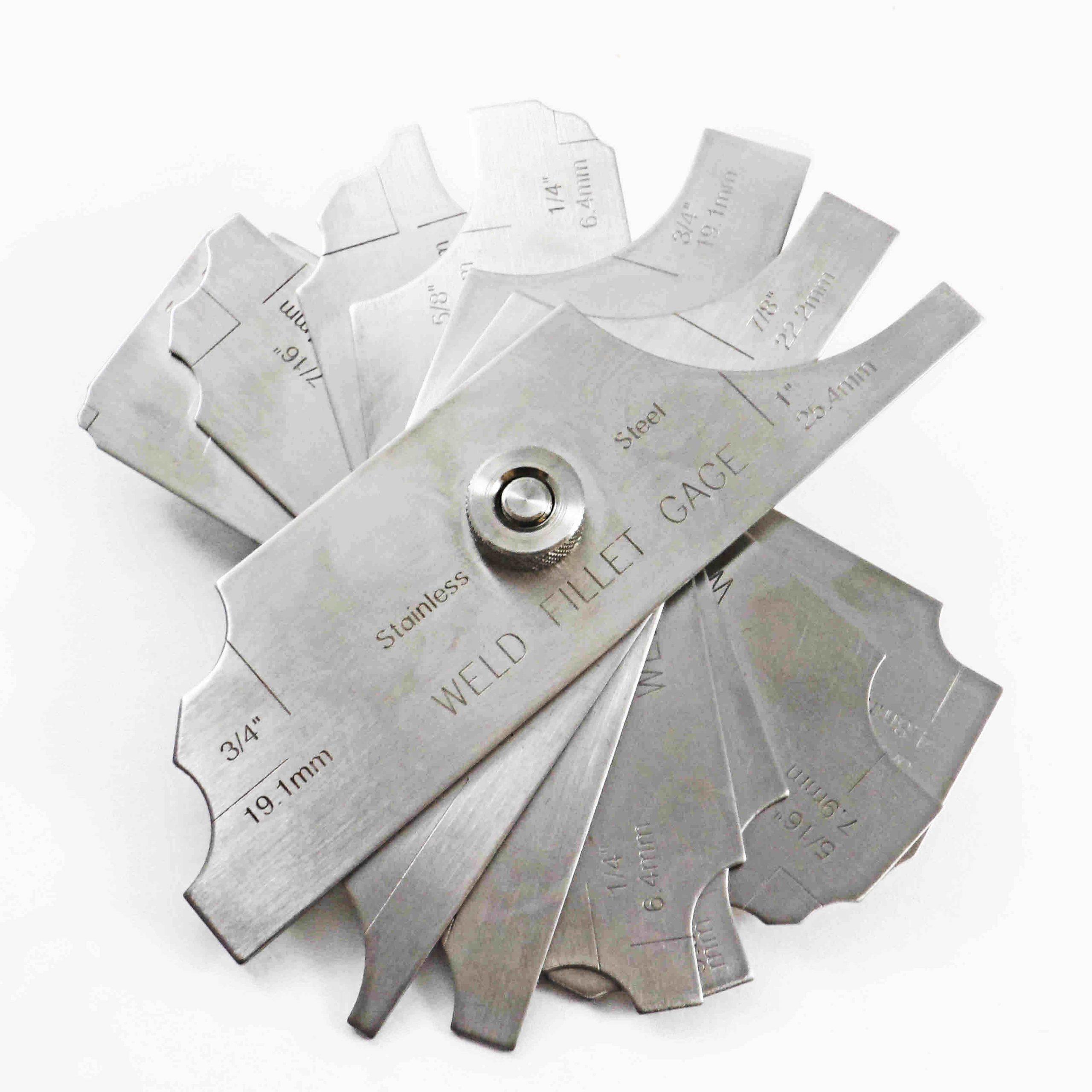Checking Out the Benefits of Fillet Welding in Fabrication: Cost-effective Solutions for Diverse Industries
In the realm of construction, the utilization of fillet welding provides a compelling proposition for industries seeking cost-efficient solutions without jeopardizing architectural honesty. The advantages of fillet welding expand beyond simple financial savings to encompass enhanced structural performance, convenience across varied industrial applications, and the assurance of premium strength and longevity. As we browse through the useful advantages that fillet welding offers, a much deeper understanding arises of just how this welding technique can transform manufacture processes throughout numerous sectors.

Affordable Option for Construction
Fillet welding serves as a cost-effective solution in construction processes, providing both efficiency and longevity. This welding strategy entails joining two pieces of metal at an angle, forming a triangular cross-section. The simplicity of fillet welding makes it a preferred choice in numerous industries, consisting of building and construction, auto, and production.
One of the vital benefits of fillet welding is its capacity to reduce material and labor costs. By utilizing fillet welds instead of other intricate joint styles, makers can conserve money on materials and production time. In addition, fillet welding requires marginal prep work compared to various other welding methods, further decreasing fabrication expenses.
In addition, fillet welds supply exceptional structural stamina, making certain the long life and resilience of the made parts. The triangular form of the weld distributes stress and anxiety a lot more evenly, lowering the chance of joint failure (Gauge Fillet Weld). This structural stability not just boosts the overall quality of the ended up product yet additionally reduces upkeep and repair expenses over time
Enhanced Structural Performance With Fillet Welding
Enhancing architectural efficiency through the application of fillet welding techniques is a crucial aspect of making sure optimal efficiency and toughness in fabricated structures. Fillet welding plays a key role in enhancing architectural efficiency by efficiently distributing tons and tensions throughout the welded joints. By developing a smooth change between the linked components, fillet welds assist to boost the general strength and stability of the framework.
Among the substantial benefits of fillet welding in enhancing architectural efficiency is its capacity to join products of differing densities. This flexibility enables the building of lightweight frameworks without jeopardizing on toughness. Additionally, the smooth account of fillet welds minimizes stress concentrations, which can help protect against premature failure of the bonded joints.
Moreover, fillet welding allows the fabrication of complicated geometries easily, supplying designers with more freedom in producing innovative and reliable frameworks. By maximizing the design and positioning of fillet welds, designers can take full advantage of the architectural efficiency of produced parts, ultimately causing set you back financial savings and improved performance in diverse sectors.
Adaptability in Diverse Sector Applications
With its ability to satisfy a large range of product densities and geometric intricacies, fillet welding stands as a versatile fabrication strategy that finds applications across diverse markets. One vital area where fillet welding excels remains in the manufacturing industry, where it is utilized in the production of hefty equipment, devices, and architectural elements. The automobile market likewise profits from fillet welding, using it in the setting up of car structures, framework, and various other crucial structures. In the construction field, fillet welding plays an important function in joining steel beams, columns, and other structural elements. Additionally, the aerospace industry relies upon fillet welding for the fabrication Click Here of aircraft components, ensuring toughness and resilience in essential components. Moreover, the oil and gas industry uses fillet welding in the building of pipes, platforms, and storage space tanks, where the robust welds provide stability and long life to these frameworks. Generally, the versatility of fillet welding makes it an important process in numerous industries, using affordable solutions for intricate construction requirements.

Superior Stamina and Toughness
When thinking about welding methods for producing structures that call for phenomenal strength and longevity, the emphasis moves towards methods that can continually deliver exceptional toughness and longevity. Fillet welding plays a critical function in achieving these qualities as a result of its capacity to offer substantial toughness by distributing lots uniformly throughout the bonded joint. This welding technique develops a triangular cross-section that boosts the weld's resistance to numerous types of stress and anxiety, consisting of compression, tension, and shear forces. As an outcome, structures fabricated making use of fillet welds exhibit raised toughness and can endure considerable mechanical forces without jeopardizing their integrity - Gauge Fillet Weld.
The superior stamina and longevity supplied by fillet welding make it an optimal selection for applications in sectors such as building and construction, vehicle, aerospace, and production, where architectural integrity is critical. By making use of fillet welds in manufacture, makers and designers can make certain that their items meet strict top quality and safety standards while optimizing cost-effectiveness and production efficiency. In essence, the exceptional resilience and longevity offered by fillet welding make it a preferred welding technique for creating robust and durable structures across diverse industries.
Practical Benefits of Fillet Welding
Offered the shown superior stamina and sturdiness in welded joints, the useful advantages of fillet welding expand beyond structural honesty to encompass efficiency and cost-effectiveness in construction processes. Furthermore, fillet welding enables for enhanced performance due to its versatility in joining different types of materials, shapes, and thicknesses. Generally, the functional advantages of fillet welding make it a valuable choice for companies looking for affordable and efficient solutions in manufacture.
Verdict
Finally, fillet welding provides a special info cost-effective solution for manufacture, giving improved structural effectiveness, adaptability in diverse industry applications, superior toughness, and resilience. The practical benefits of fillet welding make it a recommended option for different fabrication tasks throughout various industries. Its reference ability to successfully sign up with materials while maintaining structural integrity makes it a beneficial method for making certain high-grade and reliable lead to welding applications.

Additionally, fillet welding requires very little prep work contrasted to various other welding methods, additionally decreasing manufacture costs.

Provided the shown superior strength and resilience in bonded joints, the practical advantages of fillet welding prolong beyond architectural integrity to include performance and cost-effectiveness in fabrication procedures - Gauge Fillet Weld.In verdict, fillet welding provides a cost-effective option for manufacture, providing improved architectural performance, convenience in diverse market applications, premium toughness, and sturdiness